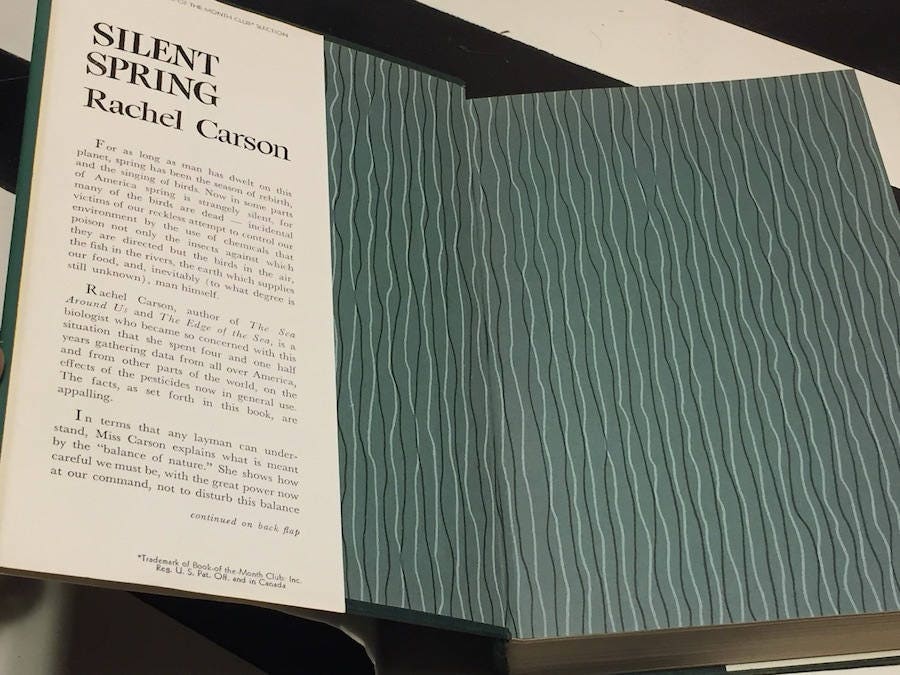


Carson rightly pointed to abuses by government pesticide-spraying programs that ignored private property rights and caused significant harm. Unfortunately, the legacy of Silent Spring is-at best-mixed. Indeed, in the anniversary volume I coedited for the Cato Institute, Pierre Desrochers and Hiroko Shimizu report that Carson herself unsuccessfully pitched an article attacking DDT to Reader’s Digest in 1945.


She edited 1940s reports by her boss at the Fish and Wildlife Service, Clarence Cottam, which were critical of DDT’s use to control mosquitoes in marshlands. Carson was a longtime critic of DDT rather than a scientist who discovered pesticide problems in research. It is difficult to justify Silent Spring’s reputation as crusading investigative reporting. The book led to Carson’s testimony before a Senate subcommittee, which, together with her 1964 death from cancer, established the book’s iconic status and placed Carson on a pedestal as the “mother of the environmental movement.” Kennedy, Silent Spring was a national sensation in the early 1960s. Serialized in The New Yorker, featured as a Book of the Month Club selection, given a CBS TV special, and praised by President John F. Today, when Carson’s book is often mentioned but rarely read, it is easy to forget how important it was in shaping American attitudes about the environment. This year marks the 50th anniversary of a foundational document in modern environmentalism: Rachel Carson’s Silent Spring.


 0 kommentar(er)
0 kommentar(er)
